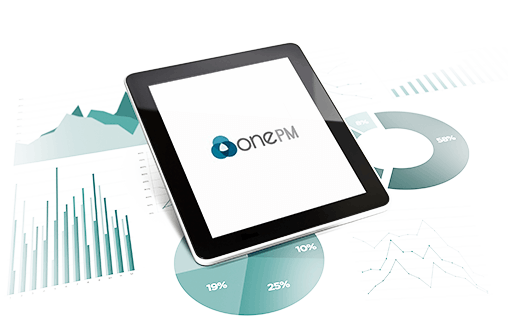Most organizations have recognized there is value to be realized through the deployment of best in class asset reliability strategies to all their assets.
The best organizations also recognize the leverage in performance improvements they can gain because they have several, or sometimes hundreds of installations of the same components or assets across their plants.
Common assets are easily recognizable in mobile fleets, where there are tens or hundreds of the same assets in a fleet. It is however also recognizable in every plant when you consider component level detail. All plants have multiple motors, gearboxes, pumps, valves, drives, circuit breakers, tanks, compressors that make up their asset base.
The reality is that organizations also have lots of valuable asset intelligence in how best to maintain these assets – to minimize cost and risk and get the most from them – as they relate to their own operations. It's just currently that intelligence is spread thin across sites, departments, systems, and individuals.
This drives the goal to create generic equipment reliability strategies, given many different names in different organizations, such as generic maintenance strategies, equipment reliability strategies, best in class strategies, corporate strategies, FMECA library, RCM Library, etc. Essentially the aim is to consolidate and standardize the applicable strategies for a given asset or component types.
To get the full value on offer in the application of these best in class strategies – the trick is that the content needs to be structured the correct way.
We want a data structure that supports regional-based changes to strategy. Say for example the same asset which has different regulatory requirements in the form of inspection intervals across different regional geographies. So, we require a mechanism to support simple variations based on the region without the need to duplicate the content.
We also need to be able to apply “variations” based on specific asset details, operating context, and environment when using this generic content on actual assets. The critical element here is that we need to keep the data connected, and consistent where relevant, to support future updates and dynamic application of improvements in the future.
Finally, the data needs to be structured to support the grouping of tasks into Maintenance Plan Master Data for deployment in your CMMS – if that can’t be done automatically, the reality is it probably won’t get done at all.
To realize the value that would be delivered by application of the best asset care strategies across your entire asset base – ensure you structure your strategy content the right way.


